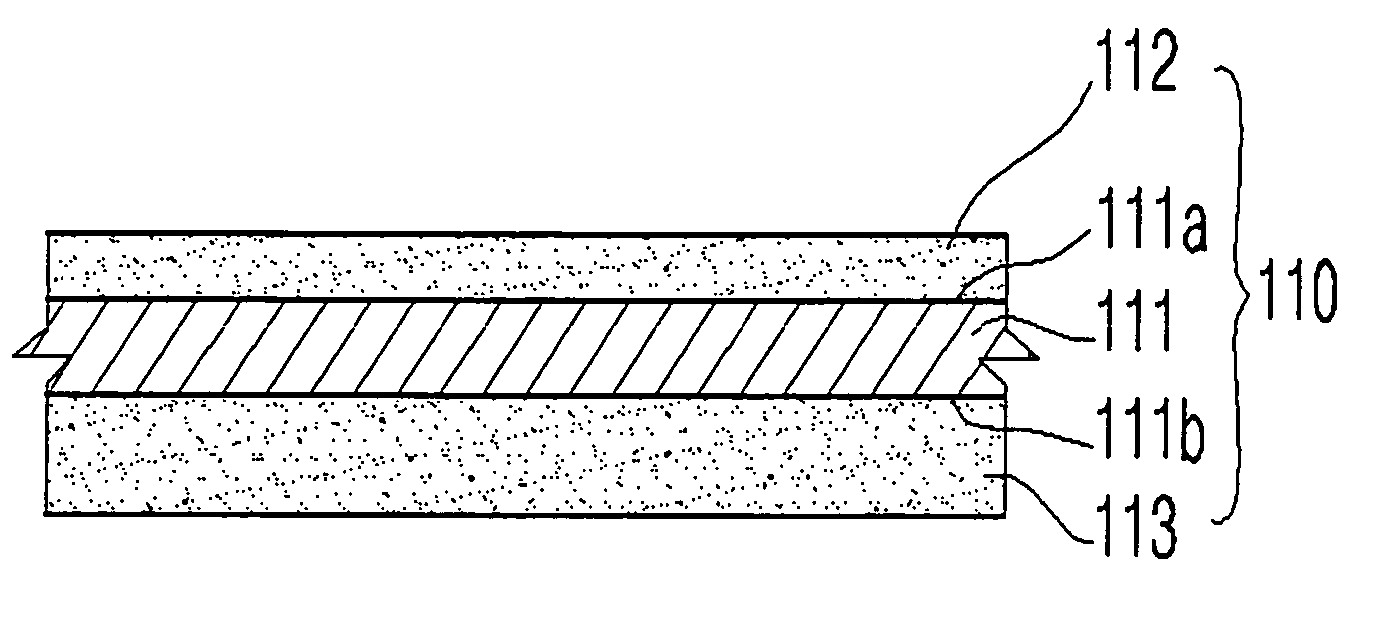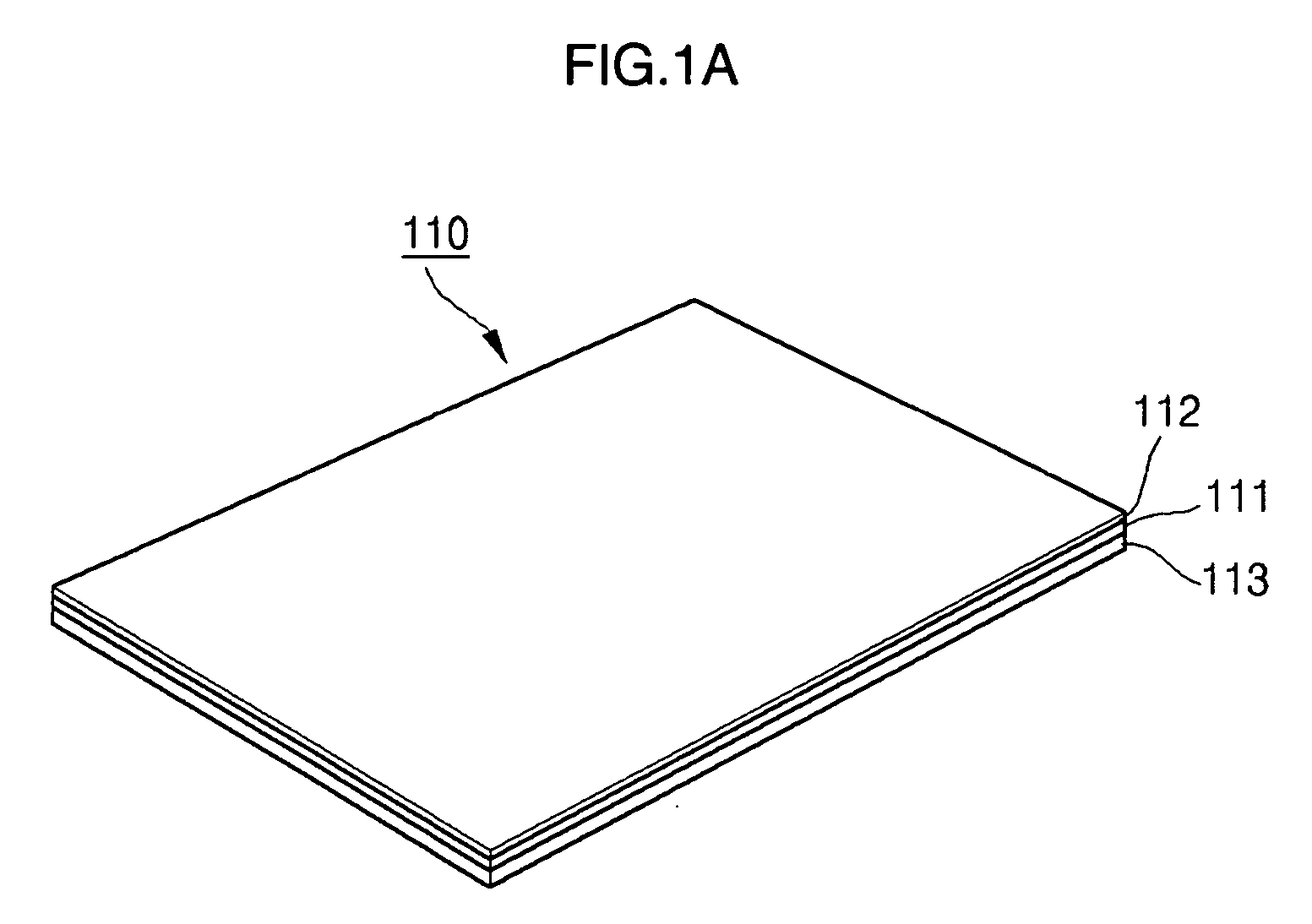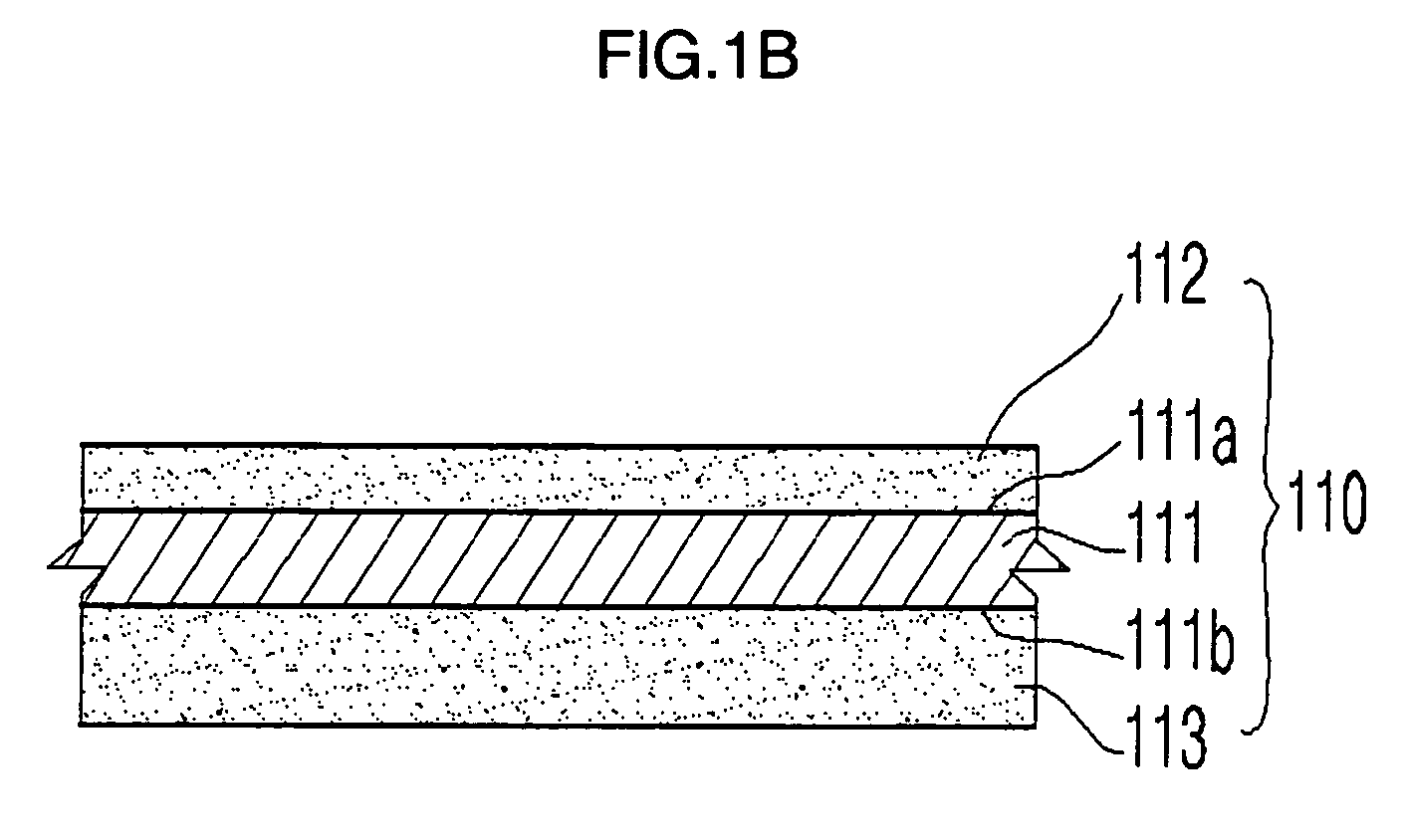Battery sheath having radiation layer formed thereon and lithium polymer battery using the same
a lithium polymer battery and radiation layer technology, applied in the field of battery sheaths comprising radiation layers and lithium polymer batteries using sheaths, can solve the problems of reducing radiation performance, unable to effectively resist heat, reducing battery life, etc., to achieve rapid detection of temperature increases in the battery, increase the life and reliability of the battery, and maximize the radiation performance of the battery
- Summary
- Abstract
- Description
- Claims
- Application Information
AI Technical Summary
Benefits of technology
Problems solved by technology
Method used
Image
Examples
Embodiment Construction
[0031] Exemplary embodiments of the present invention will now be described with reference to the accompanying drawings. In the following description and in the drawings, like reference numerals are used to designate like components in order to avoid repetitive descriptions of same or similar components.
[0032]FIG. 1A is a perspective view of a battery sheath according to one embodiment of the present invention. FIG. 1B is a magnified cross-sectional view of the sheath of FIG. 1A. As shown in FIGS. 1A and 1B, a battery sheath 110 comprises a metal layer 111, a radiation layer 112, and a cast polypropylene (CPP) layer 113.
[0033] The metal layer 111 has a first surface 111a and a second surface 111b. The metal layer 111 has a thickness ranging from about 20 to about 100 μm. If the thickness of the metal layer 111 is less than about 20 μm, it may be easily fractured or damaged during processing. If the thickness of the metal layer is greater than about 100 μm, it is difficult to proce...
PUM
| Property | Measurement | Unit |
|---|---|---|
| volume % | aaaaa | aaaaa |
| thickness | aaaaa | aaaaa |
| thickness | aaaaa | aaaaa |
Abstract
Description
Claims
Application Information
 Login to View More
Login to View More - R&D
- Intellectual Property
- Life Sciences
- Materials
- Tech Scout
- Unparalleled Data Quality
- Higher Quality Content
- 60% Fewer Hallucinations
Browse by: Latest US Patents, China's latest patents, Technical Efficacy Thesaurus, Application Domain, Technology Topic, Popular Technical Reports.
© 2025 PatSnap. All rights reserved.Legal|Privacy policy|Modern Slavery Act Transparency Statement|Sitemap|About US| Contact US: help@patsnap.com



